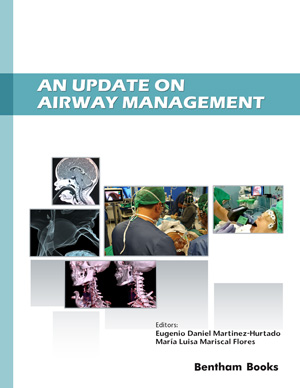Abstract
The airway management in the operating room has received a lot of attention during the last years from the anaesthesiologists. However, in recent years there has been a significant increase in the demand for anesthetic care in diagnostic and therapeutic procedures performed outside the operating room. Metzner et al. investigated the main mechanisms of injuries of 87 cases in the United States [1] compared with cases outside the operating room. The most frequent procedure was monitored anaesthetic care, and the most frequent mechanism was adverse respiratory events. The results highlighted inadequate ventilation/oxygenation in 18 cases, difficult intubation in 6 cases, oesophageal intubation in 8 cases and stomach contents aspiration in 3 cases. The majority of the adverse effects were due to excessive sedation manifested by severe respiratory depression. Therefore, it could be concluded that general anesthesia with endotracheal intubation management may be safer than the monitored anesthesia care (MAC) for these procedures.
Keywords: Airway management, Anaesthesia outside operating room, Airway prediction, Aspiration of stomach contents, Algorithms, Cannot intubate - cannot ventilate, Challenge for the anesthesiologist, Difficult intubation, Difficult ventilation, Education for airway management, Emergencies, Infrastructure, Intensive care, Monitored anesthetic care, Neuromuscular relaxants, Organizational aspects, Respiratory events, Remote places, Remifentanil, Videolaryngoscopes.






















